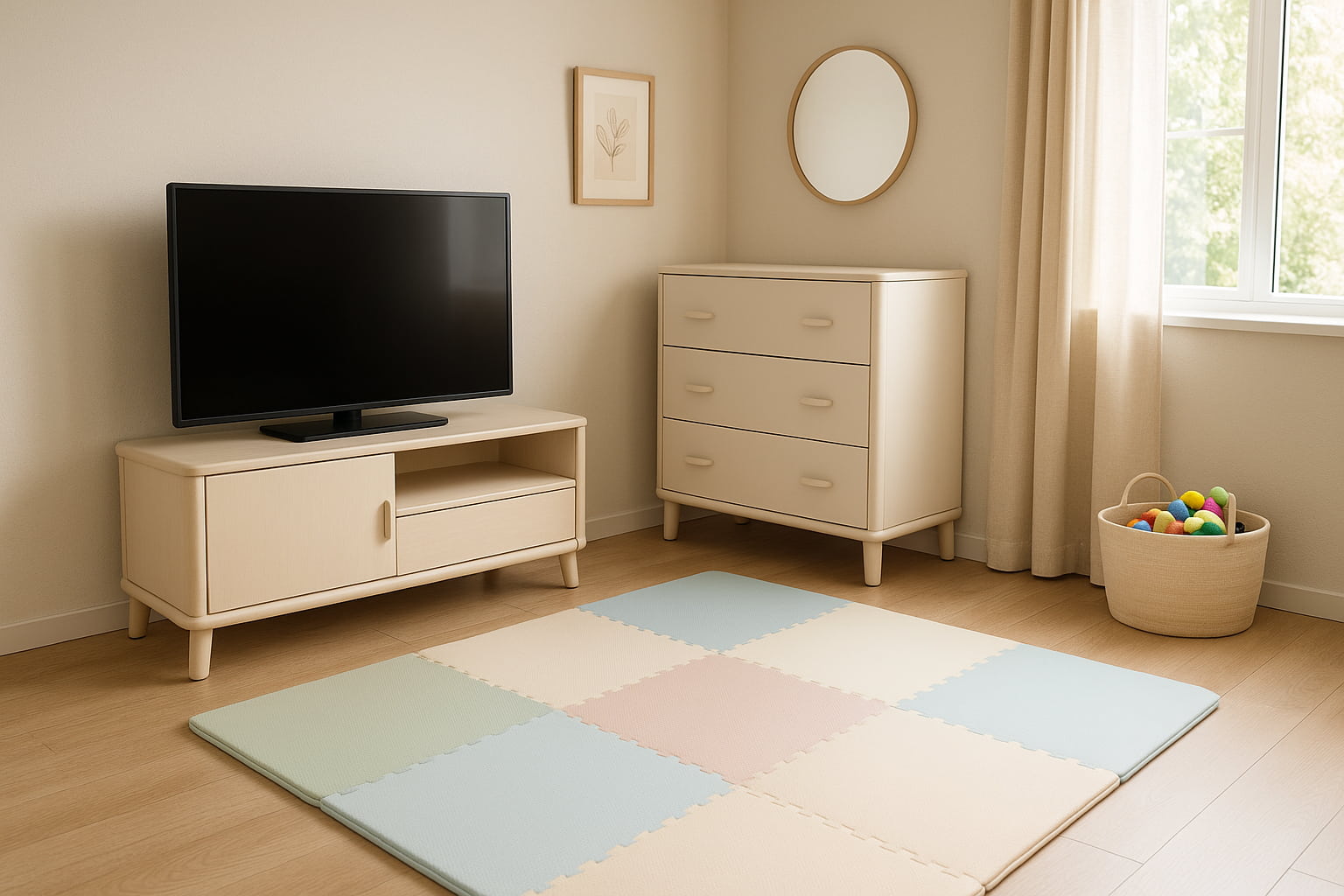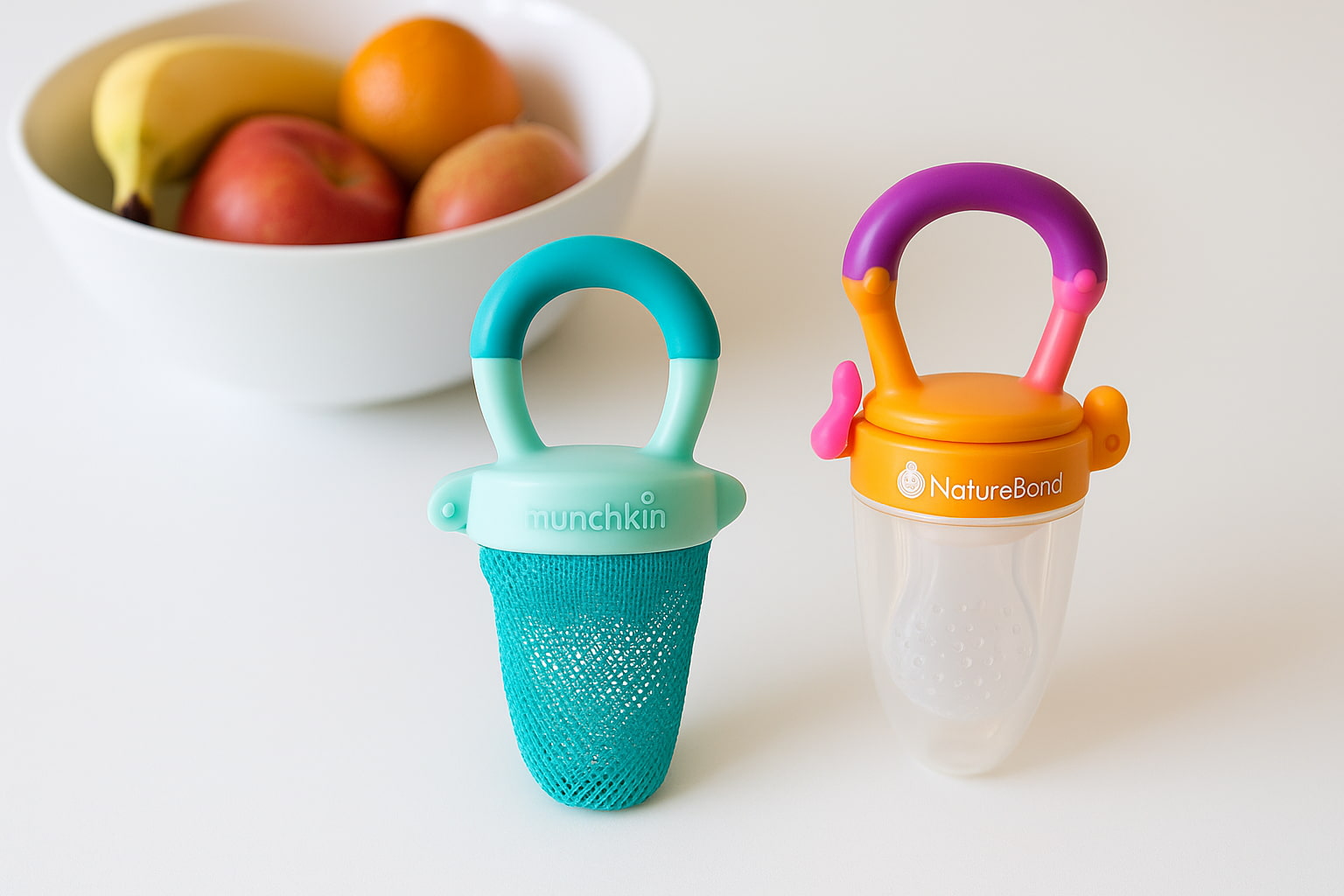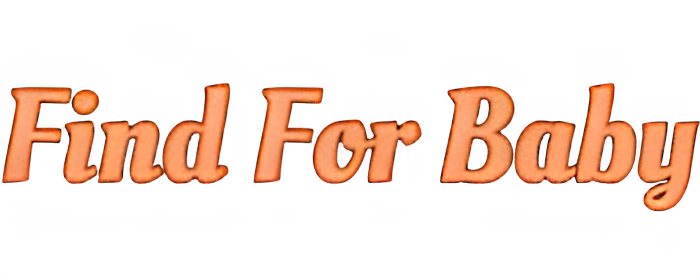The Startling Reality of Baby Choking Risks
The choking risk for babies isn’t just real, it’s the leading cause of injury and death under age 4, according to the AAP. As a parent, I didn’t fully realize how common choking risks were until I watched my own baby gag on a small snack puff. It scared me more than I’d like to admit.
Tiny toys, bits of food, random stuff they find on the floor… It’s wild how many things around the house can turn into choking hazards in seconds. And because babies are naturally curious (and love putting everything in their mouths), the risk is constant.
🧠 Did you know? According to the American Academy of Pediatrics (AAP), choking is a leading cause of injury and death in children under age 4, especially infants.
Why Babies Are So Vulnerable to Choking
Babies aren’t born ready to chew like adults. Their airways are smaller, and their swallowing skills are still developing. That’s a dangerous combo when it comes to food, small objects, or even tiny broken parts of toys.
Here’s why babies are especially at risk:
Common Choking Hazards for Babies
You might be shocked at how everyday items can pose a serious risk. Here’s what to watch out for:
HazardExamples FoodsGrapes, hot dogs, popcorn, nuts, hard candiesHousehold ItemsCoins, marbles, button batteries, small toy partsToysToys with detachable pieces, broken parts, balloonsFurnitureSmall screws, decorative pieces falling off
Signs Your Baby Might Be Choking
Not every choking incident is loud or obvious. In fact, many babies choke silently. Here’s what to watch for:
⚡ Important: If your baby shows ANY of these signs, act immediately and call emergency services if needed.
“Unsure whether it’s just gagging or a real choking emergency? Don’t worry, our guide on Signs of Choking vs Normal Gagging in Babies can help you spot the difference quickly.”
How to Prevent Baby Choking

Good news: A few smart habits can drastically reduce choking risks. Here’s how you can protect your little explorer:
1. Follow Safe Feeding Practices
“👉 Wondering which utensils are safest and easiest for babies to use? Explore our guide on the Best Baby Feeding Sets for a mess-free and baby-safe mealtime experience.”
2. Babyproof Your Home for Choking Hazards
3. Learn Infant CPR
Even with all precautions, emergencies can happen. Knowing infant CPR can make the difference between panic and lifesaving action.
“🪑 Looking for a high chair that’s not just stylish but also supports safe eating habits? Check out our expert picks in Best High Chairs for Babies in 2025.”
Hidden Choking Risks You Might Miss
Sometimes the riskiest stuff doesn’t even look dangerous! Here are a few sneaky hazards:

“🧼 Want a room-by-room checklist of hidden choking risks in your home? Discover the most overlooked dangers in Common Household Items That Can Choke a Baby.”
FAQs About Choking Prevention for Babies
❓ What foods are the biggest choking risks for babies?
Grapes, hot dogs, popcorn, nuts, and raw veggies are among the top choking hazards.
❓ At what age is choking most dangerous?
The highest risk is between 6 months to 3 years when babies are crawling, exploring, and learning to eat solids.
❓ How can I babyproof specifically for choking?
During meal and playtime, give extra care to food safety, toy checks, small items removal, and regular oversight.
Conclusion: Small Changes Save Lives
When you become a parent, safety quickly moves from something you think about occasionally to something you live and breathe every single day. And when it comes to choking, a little preparation can save your baby’s life.
By staying alert, feeding safely, babyproofing smartly, and learning basic first aid, you’re giving your little one the best protection possible.
You’ve got this. 💛✍️ By Find For Baby, Your trusted guide to safer, happier parenting.







